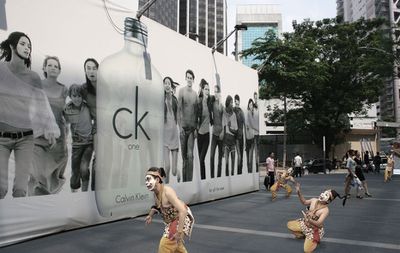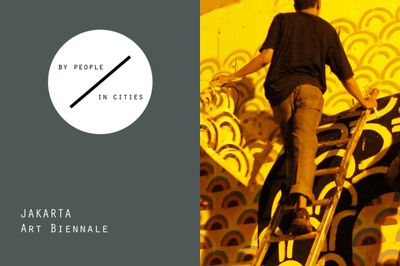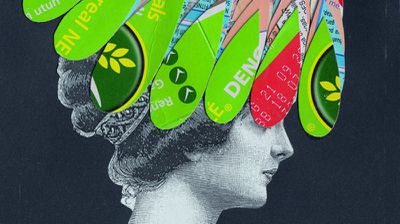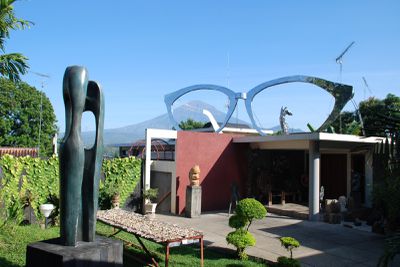posted on
08 Jun 2016
The Rise of Indonesian Digital Art
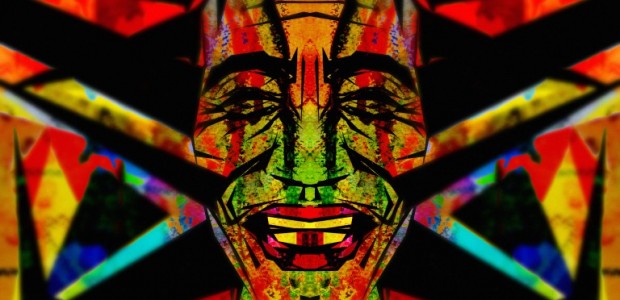
Indonesia’s digital art is breaking new boundaries as well as tackling important issues in society, writes Edwin Jurriëns in the Asia & The Pacific Policy Society's APPS Policy Forum, the public policy initiative based at The Australian National University.
Since the 1990s, Indonesian contemporary art has overcome various politico-economic obstacles and experienced a few impressive booms to earn a secure position in the global art market.
While the top end of the Asian art market has been dominated by the medium of painting, in recent years there has been a growing interest in multimedia artists, including artists who use or are inspired by various types of digital technology. Apart from the artists themselves, a group of relatively young art collectors have played a role in putting new media art on the map in Indonesia. Without an outside curator, they showed this type of art in an exhibition aptly titled ‘No painting today’ at Pacific Place Mall in Jakarta in July 2014. A similar exhibition, titled ‘Zeitgeist’, was held at Gallery Kunstkring in Jakarta in May 2012.
While the young collectors rightly appreciate the context and provenance of digital and other new media art, they are still, like other collectors, interested in owning it. In a gallery or private collection it becomes alienated from the collaborative processes that spawned it, and the communities that created it. In a sense it loses its meaning. Unlike other conventional art, it is often a spontaneous product of unique socio-political circumstances, responding to community concerns in a ground-breaking way.
This has been illustrated by the emergence since the late 1990s of new media art collectives such as ruangrupa and Forum Lenteng in Jakarta, The House of Natural Fiber (HONF) and Ruang Mes 56 in Yogyakarta, Common Room in Bandung, Jatiwangi Art Factory in Jatiwangi and WAFT in Surabaya. These collectives often produce project-based art in collaboration with local society, and display their works in galleries as well as public outdoor spaces. They are the product of the increased accessibility of consumer technology in Indonesia, particularly laptops, mobile phones and video cameras, and the increased freedom of expression of the post-Suharto era. The emergence of digital art in the art market may look like it has happened suddenly, but this form of art has been part of a longer, ongoing creative struggle responding to all sorts of socio-political factors.
[... article continues ... ] read the full article on APPS Policy Forum
The article is published in collaboration with New Mandala, the Asia-Pacific region’s premier website on Southeast Asia.
Author: Edwin Jurriëns is Lecturer in Indonesian Studies at the Asia Institute, The University of Melbourne.
Image: A digital representation of Indonesia President Joko Widodo. Image: Surian Soosay on flickr.
The APPS Policy Forum is a public policy website devoted to Asia and the Pacific. The Policy Forum is an initiative of the Asia and the Pacific Policy Society (APPS) – a community of scholars, public policy practitioners, people working at every level of public policy design and implementation, and the policy-engaged public. Policyforum.net and the Society are located at Crawford School of Public Policy at The Australian National University.
Similar content
posted on
15 May 2017
posted on
20 Dec 2012
posted on
10 Jan 2014
posted on
16 Oct 2015
posted on
16 Aug 2011
